Oil on canvas Teodoro Matteini (circle of , Pistoia 1754 - Venice 1831
Oil on canvas Teodoro Matteini (circle of , Pistoia 1754 - Venice 1831
Subject: Constantine signs the Edict of Milan
Author: Teodoro Matteini (area of, Pistoia 1754-Venice, 1831)
Technique and dimensions: oil on canvas, 189 x 144 cm
The painting we present represents a significant example of the pictorial trend known as “nineteenth-century historicism”. In fact, it stages an emblematic event in the history of Western culture, namely the Edict of Milan of 313 AD, with which the Western Roman Emperor Constantine and his Eastern counterpart Licinius recognized and accorded religious freedom to Christianity. Having declared the latter licit, a period of religious tolerance for the new creed was inaugurated, as well as of great political and cultural innovation, according to what we learn from the text of the rescript which reads as follows: “We, therefore, Constantine Augustus and Licinius Augustus, have resolved to grant Christians and all others the freedom to follow the religion they each believe in, so that the divinity in heaven, whatever it may be, may give us and all our subjects peace and prosperity”.
This is exactly the text that Constantine, depicted on a white horse in a military and hieratic pose at the same time (to remind us of Constantine's dual function, leader of the militia and leader of the Church), an explicit homage to the authoritative and unavoidable iconographic tradition of Raphael and Giulio Romano (Hall of Constantine, Vatican Museums) and, even before, to the sculpture of Marcus Aurelius on the Campidoglio, holds in his hands and is about to dictate to the officials depicted in the act of writing and recording (left part of the painting).
Our painter, following in the footsteps of a dense iconographic tradition, which goes from Piero della Francesca, (“Legend of the Finding of the Cross” in San Francesco in Arezzo, consecrated to everlasting fame for his nocturne of the “dream of Constantine”) to the remembered contribution of Raphael and Giulio Romano), has chosen, in fact, to immortalise the moment of the signing of the edict.
: Bringing us directly back to the circle of the Pistoian Teodoro Matteini (1754-1831), a painter mostly of historical and religious subjects, is the historical-religious subject of the canvas which, combined with a “true colouring” and a “well-used chiaroscuro” (Memorie delle belle arti III (1787), pp. VII ff; XVI) make the artist of our canvas an authoritative and vivid witness of a late-neoclassical and proto-romantic sensibility (see, for example, the Santa Margherita Colonna chasing away demons, a work from 1770, imbued with an atmosphere almost like a Gothic novel), which passes through the experience of the great Pompeo Batoni (whom Matteini followed in Rome), the lesson (compositions of noble simplicity, clear and brilliant colours) of Anton Raphael Mengs (with whom Matteini collaborated) and the anticipation of that historicist taste, witnessed by a series of themed paintings medieval, which foreshadow the contributions of F. Hayez, who was a student of Matteini at the Academy of Fine Arts in Venice.
Among the author's dense hagiographic production, comparable for stylistic affinity to the work in question and for the particular attention given to the portrait element, it is worth mentioning the altarpiece with the sermon of Saint Bernardino for the Cathedral of Perugia (1792, Perugia, Oratory of Saints Andrea and Bernardino), the altarpiece of the Death of Saint Andrew of Avellino (1794, Church of San Giovanni Fuoricivitas in Pistoia), the altarpiece with the Blessed Augustine Kazotic and Saints John the Evangelist and John the Minor, 1805, Cathedral of Traù, Dalmatia) and, last but not least, the Apotheosis of Saint Lawrence and the Blessed Francesco Carracciolo (Rome, Church of San Lorenzo in Lucina), which earned Matteini "the approval of connoisseurs and professors" according to what is reported in the chronicles of Chracas.
In addition to its intrinsic documentary value for the reasons mentioned above, a further element of interest for the proposed canvas is constituted by the not inconsiderable dimensions mentioned, which make it an excellent furnishing object as well as attractive on the market of collectors of historical paintings of romantic taste.
Its authenticity is certified with photos and documents
EPOCH Thinking about making metafield with features
EPOCH Thinking about making metafield with features
Material
Materials
Materials
dimensions - transport or notes
dimensions - transport or notes
Share
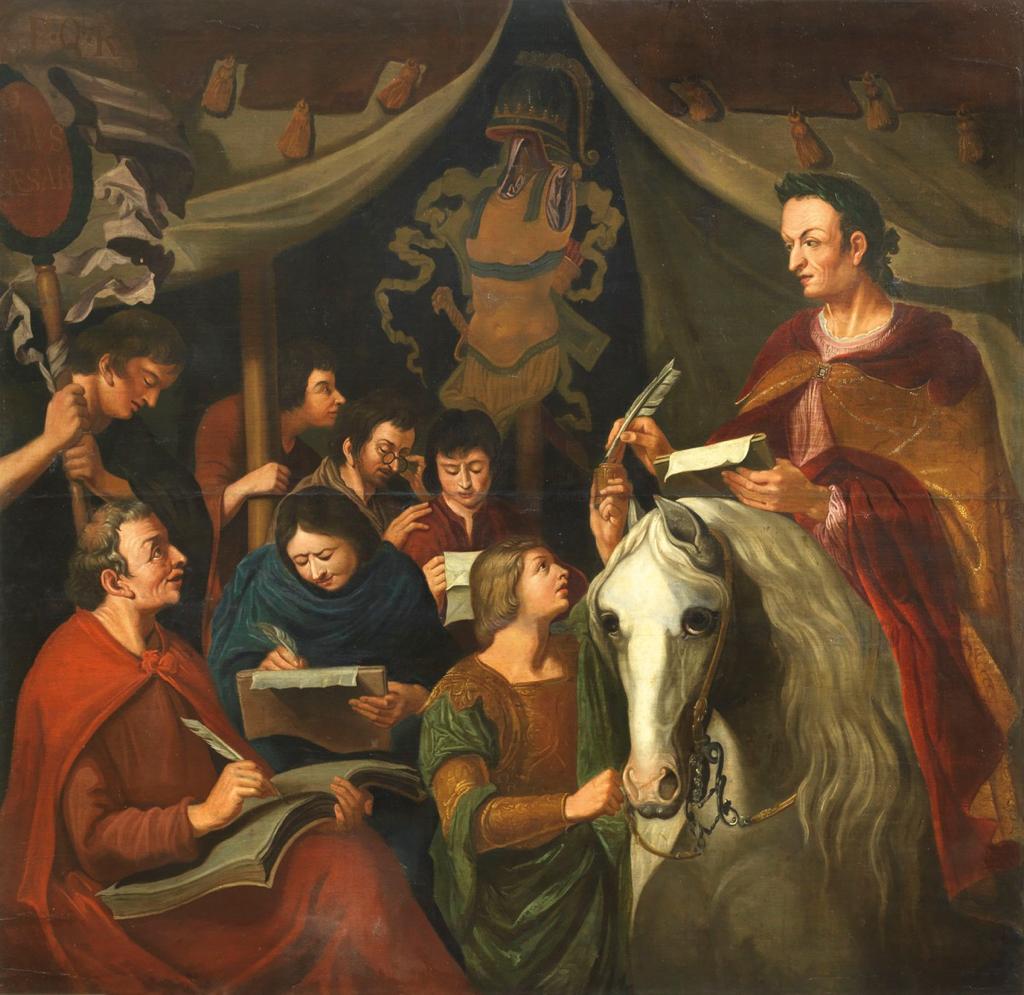
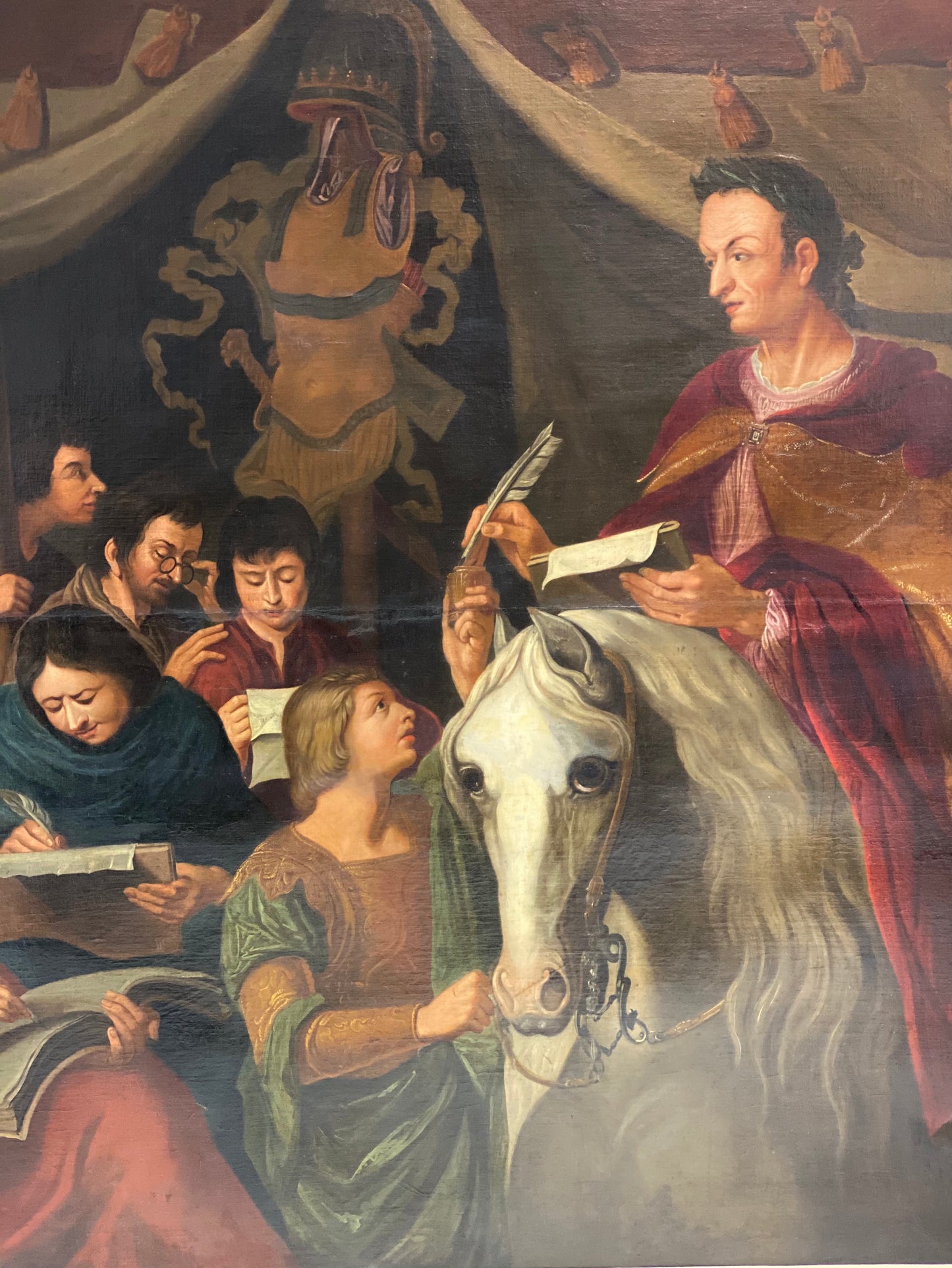
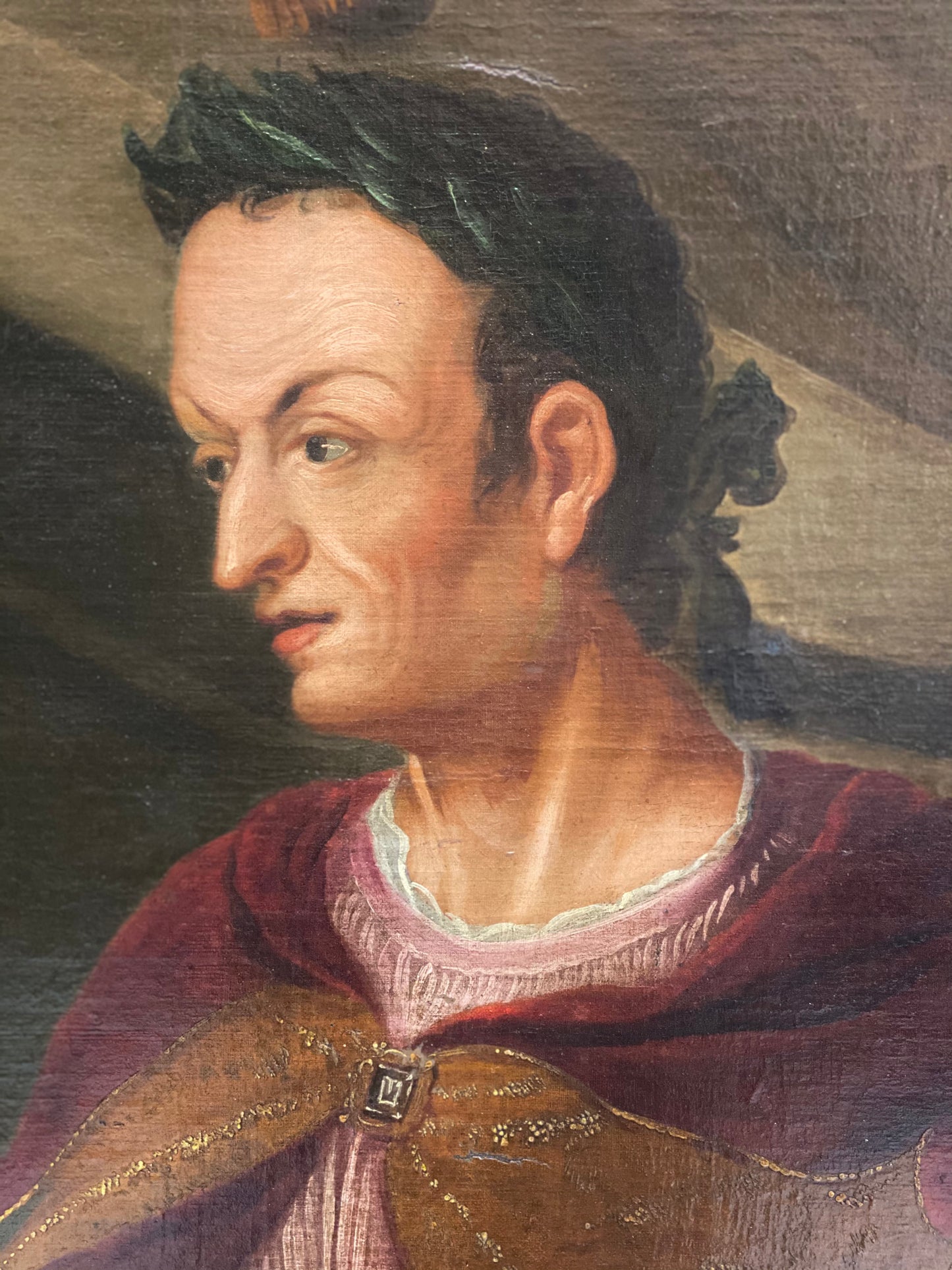
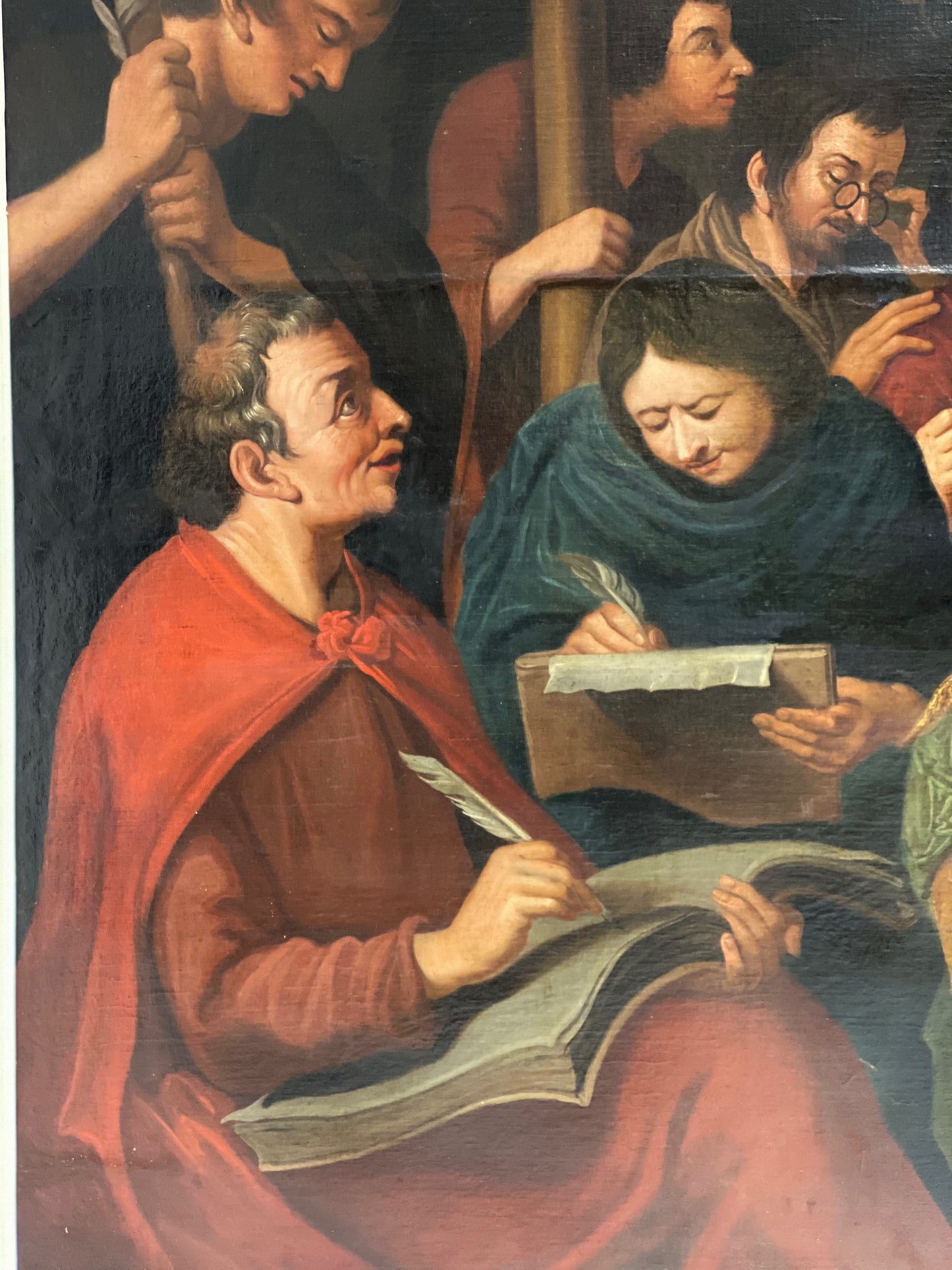
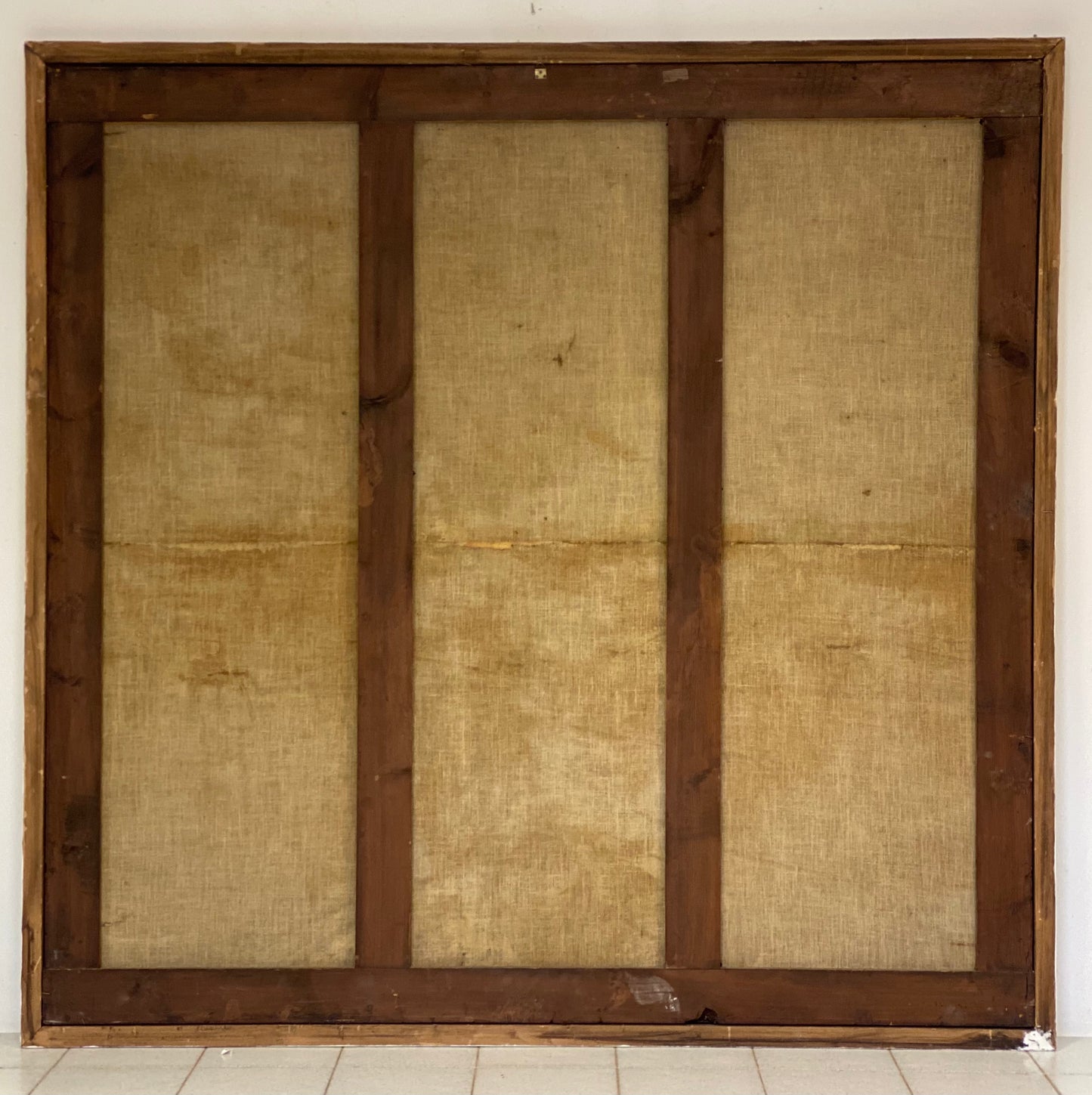
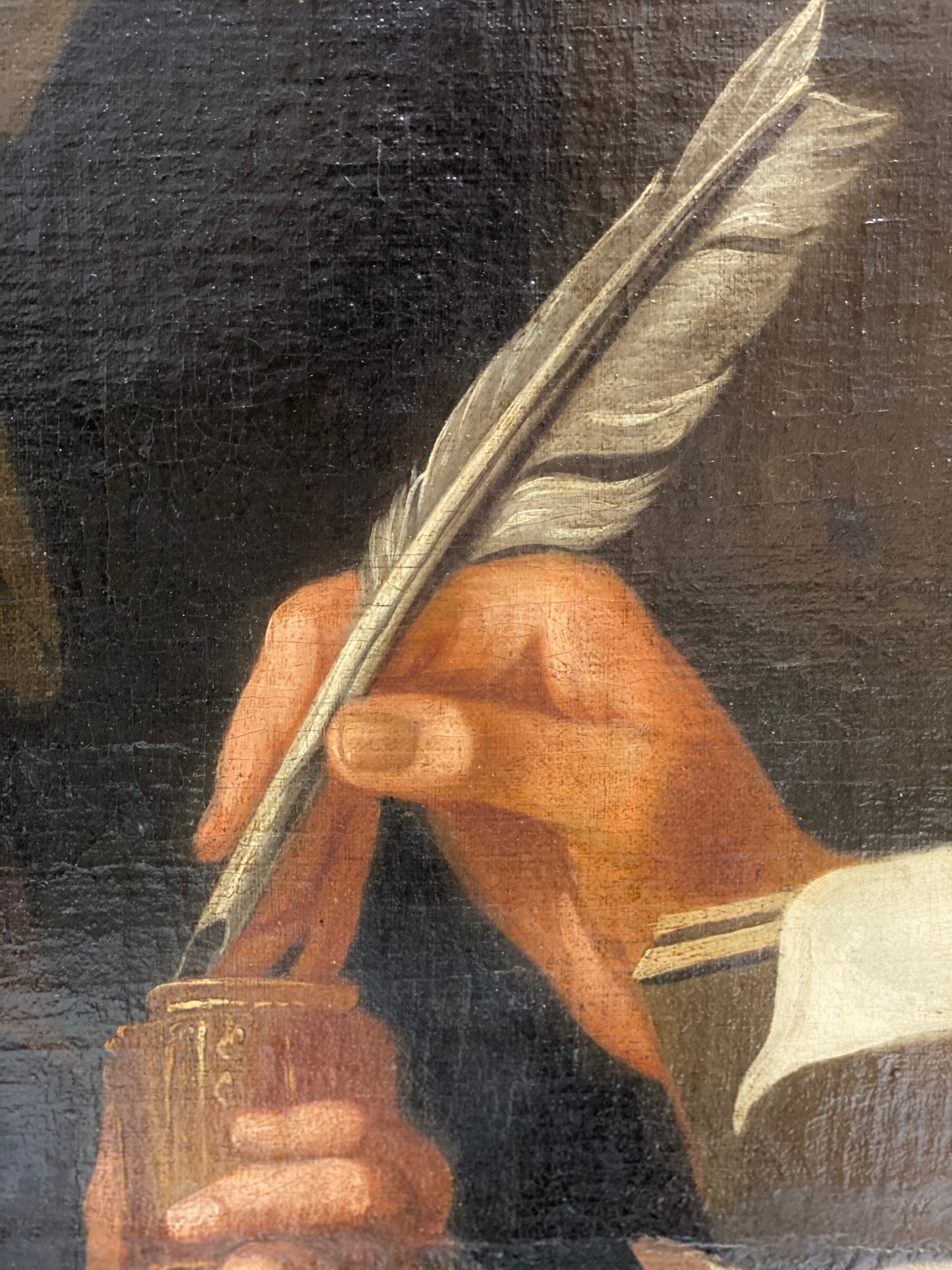
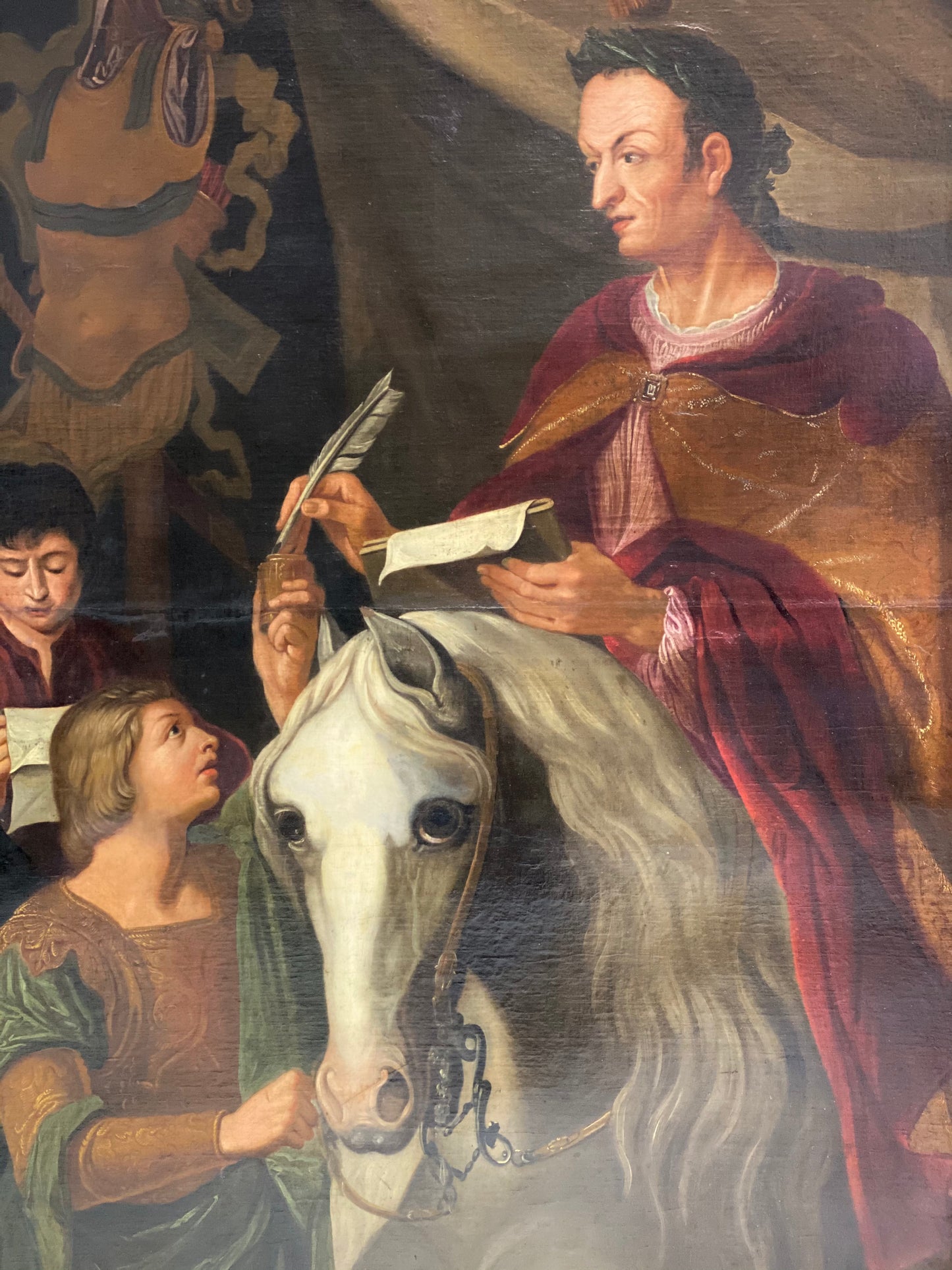
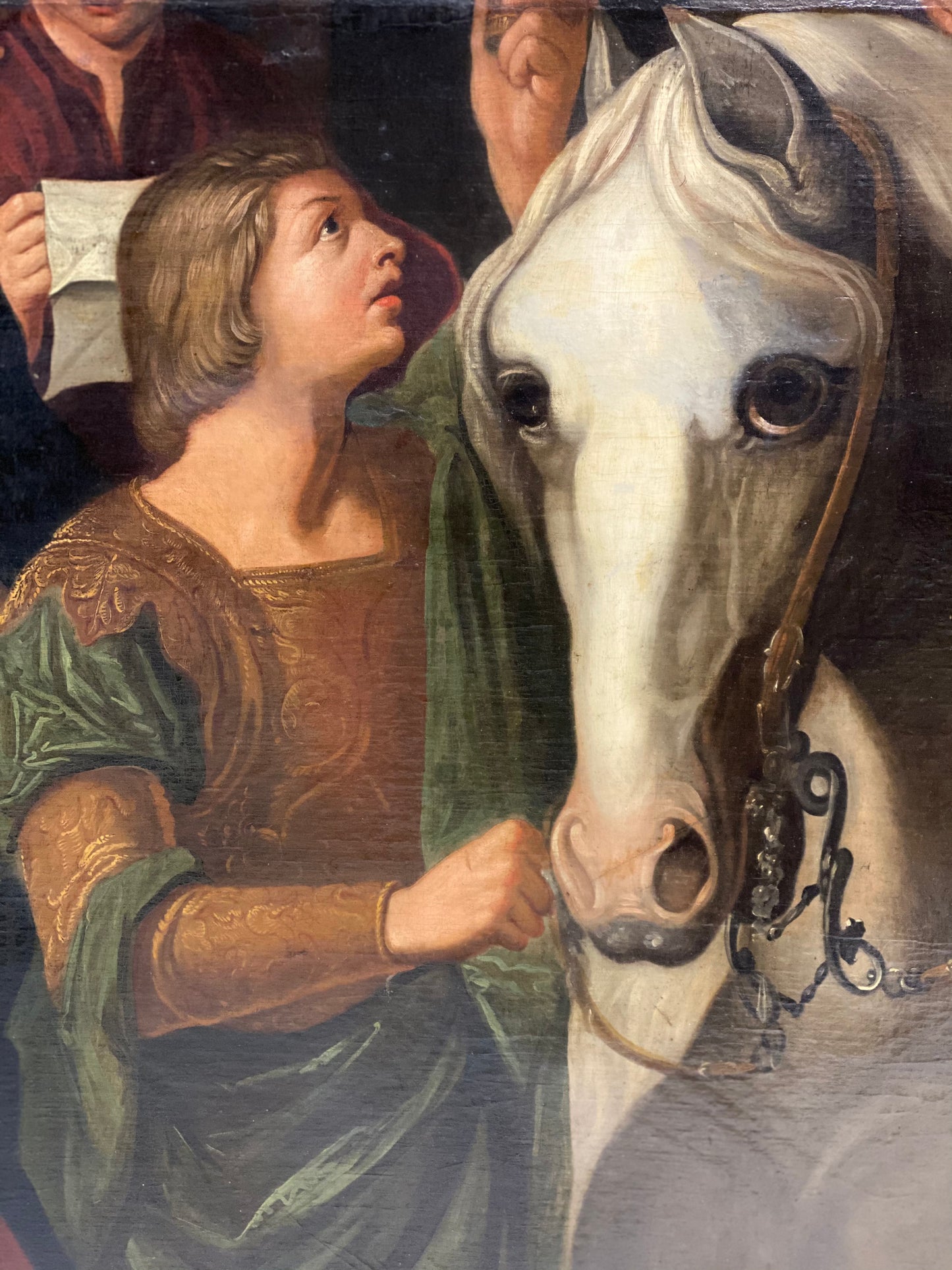
Frequently Asked Questions
Things to know
The items are in their natural state
All our pieces are authentic and retain the signs of time that tell their story. This means that they may present small imperfections, signs of wear or original patina, which for us are an integral part of their charm and uniqueness.
We restore on request
Unless explicitly requested, we leave the signs of time and imperfections intact, to preserve the authenticity and soul of the antique object. However, if you want a restoration intervention, our team of experts is at your disposal to evaluate together the most suitable solution.
We work only and exclusively by appointment
Our service is exclusive and personalized: we receive only by appointment to guarantee you our full attention. Contact us to arrange a meeting and discover our collection in complete tranquility.
How does transportation work?
We offer different transport solutions, depending on the size and delicacy of the item. We rely on specialized professionals to ensure that each piece arrives at its destination in perfect condition. Contact us for more details or to request a personalized quote
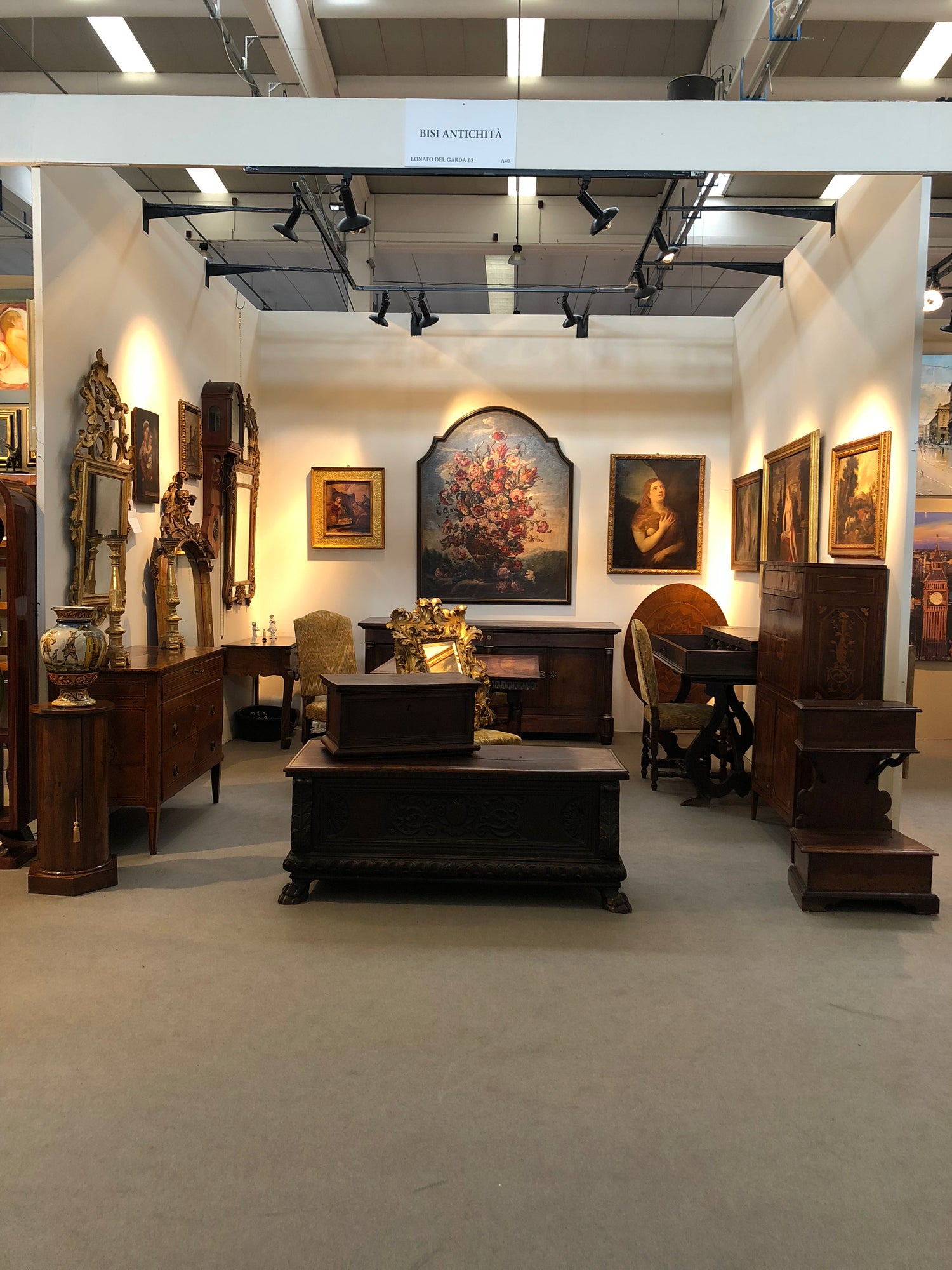
QUALITY AND PASSION FOR GENERATIONS
Since the mid-19th century, our family has been working wood with dedication, transforming a small workshop in Poggio Rusco into a reality rooted on Lake Garda. Since 2014 , we have moved away from the family tradition of furniture production, orienting ourselves towards the restoration and search for ancient treasures to offer to our customers, keeping intact the values of authenticity and quality.








